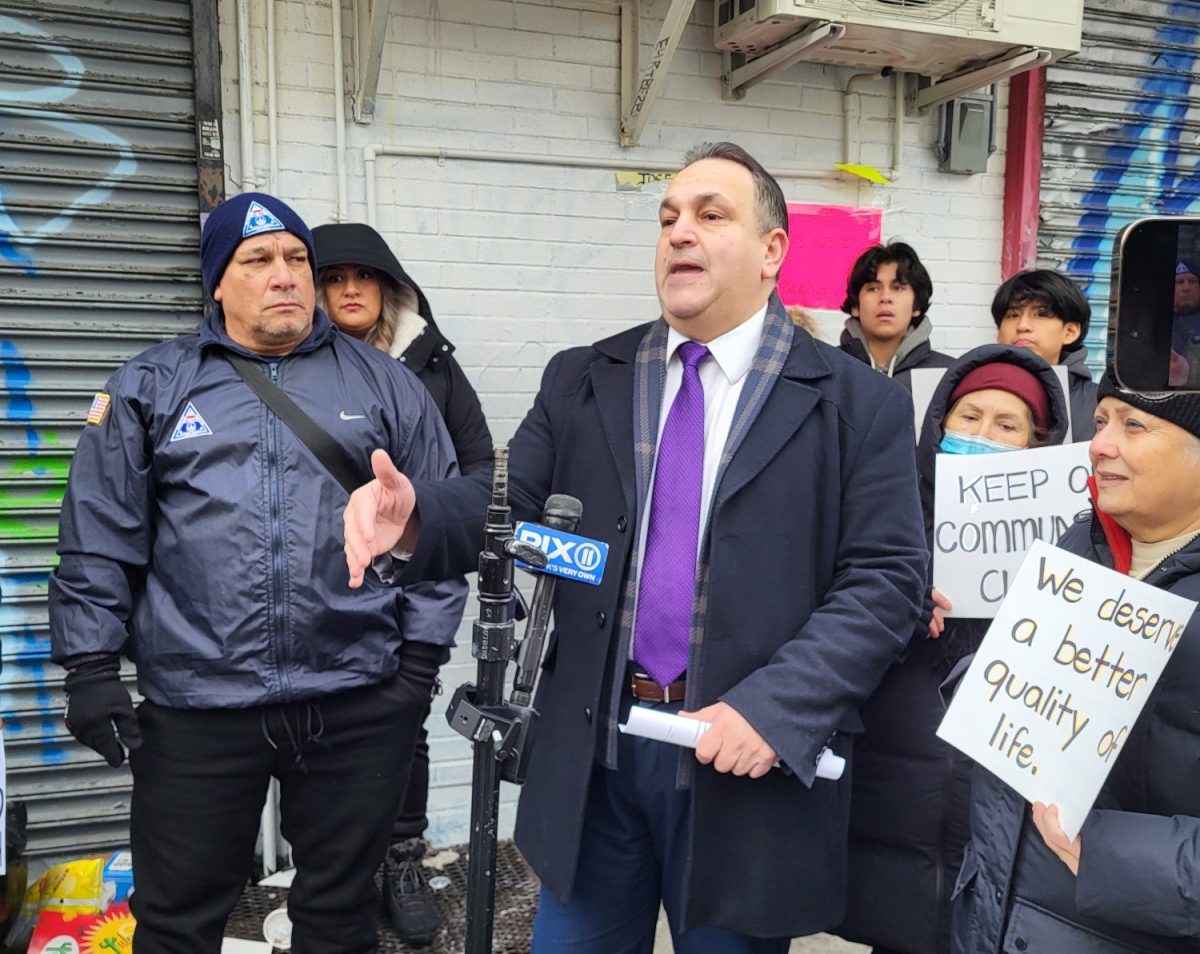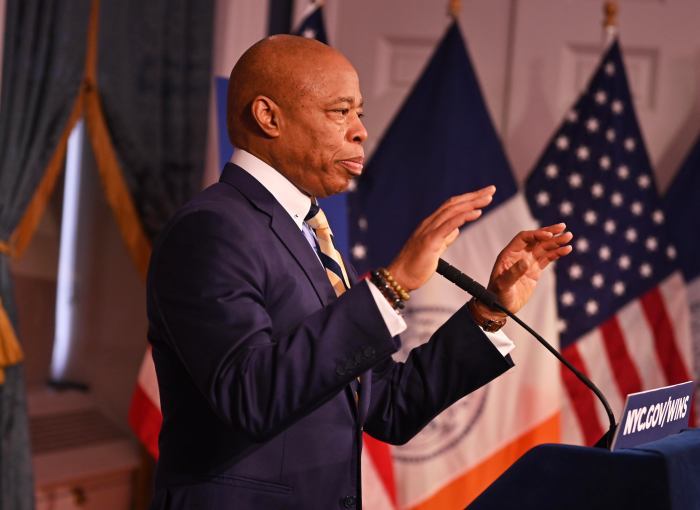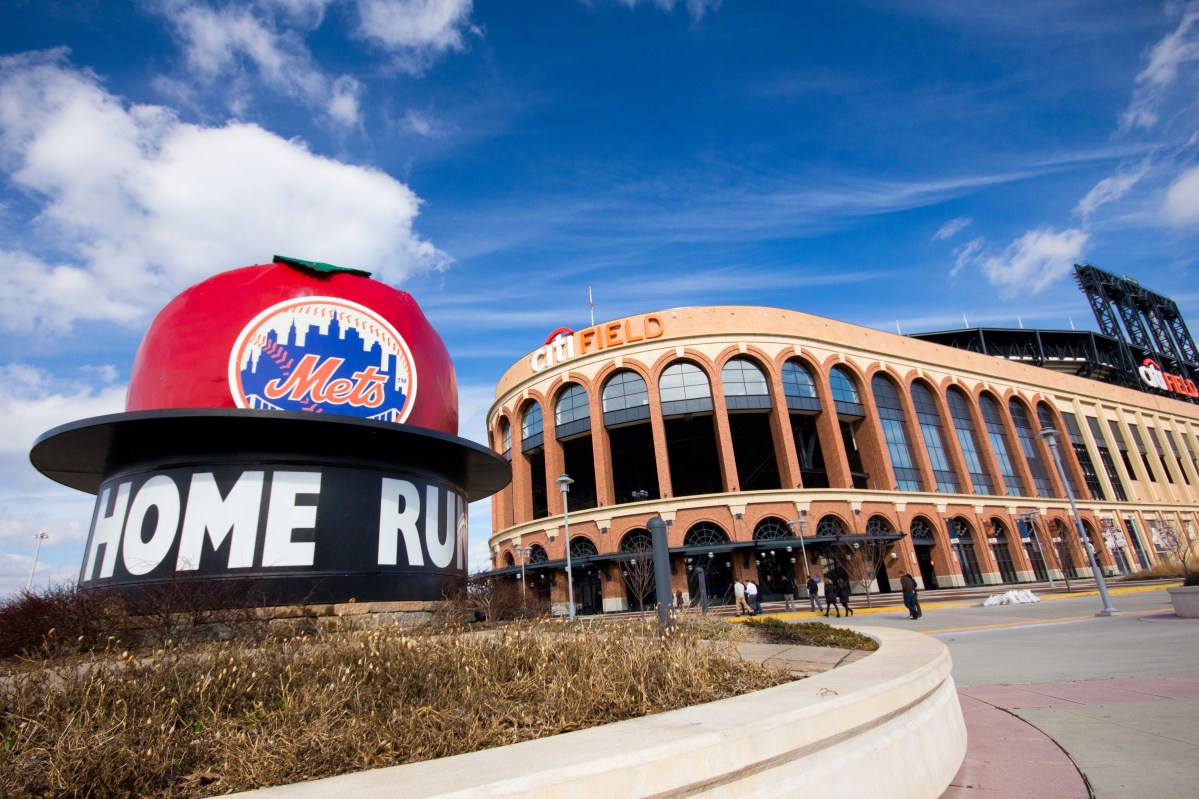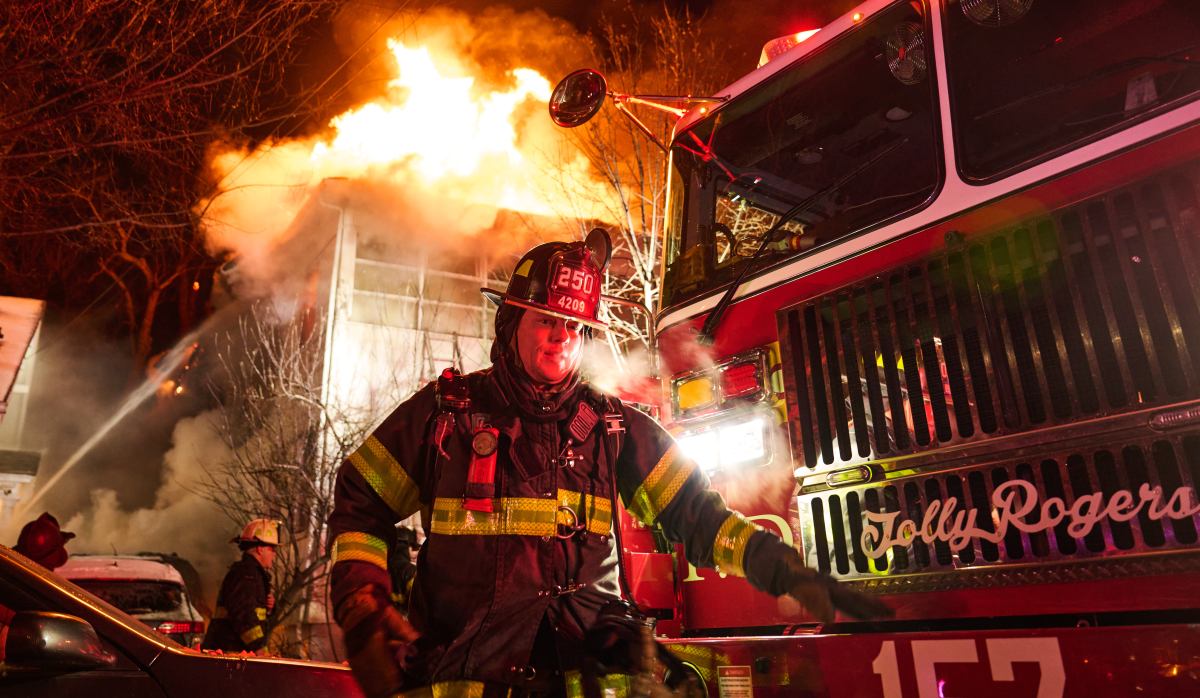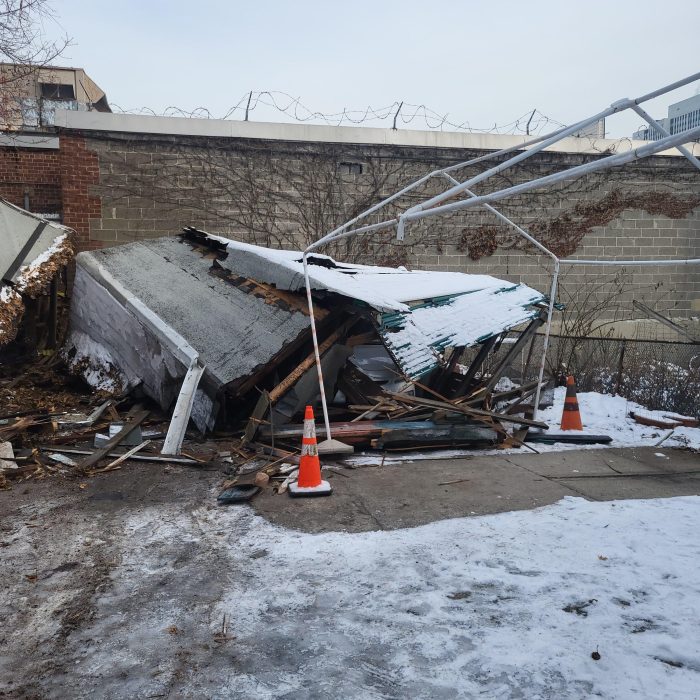The 18-year-old student accused of fatally stabbing a classmate and seriously injuring another classmate inside a Bronx high school was released from jail Wednesday after posting a reduced bail with the help of several community members.
Abel Cedeno issued a statement following his release, thanking those that donated to his bond fund, which aided his release after a judge reduced his bail from $500,000 to $250,000.
“I promise you that your faith in me will never be betrayed,” Cedeno said in the statement. “You are, in the words of Shakespeare, ‘less than kin but more than kind.’ “
Cedeno was indicted earlier in November on charges of manslaughter, assault and criminal possession of a weapon in connection with the Sept. 27 stabbings of 15-year-old Matthew McCree and 16-year-old Ariane Laboy at the Urban Assembly School for Wildlife Conservation in West Farms, according to officials. McCree was pronounced dead at St. Barnabas Hospital, and Laboy survived after undergoing surgery.
In the weeks that followed, the McCree family blamed the absence of metal detectors at the school for their son’s death, which sparked a conversation about safety in the city’s public schools.
From claims of bullying to a lawsuit against the city, here’s what we know so far about the case.
The attack
Around 10:40 a.m., 15 to 20 students were sitting in a third-period history class on the fifth floor of the Urban Assembly School for Wildlife Conservation when an argument turned violent.
After being teased by McCree and Laboy, Cedeno took out a 3-inch switchblade, which he later admitted having bought before school, and stabbed McCree in the chest, police said. He also slashed Laboy multiple times on the left arm before stabbing him in the chest, they said.
Ninth-grader Luis Castellano was in the classroom across from where the stabbings took place. The 14-year-old, who later transferred to a Catholic school, remembered hearing people falling to the floor, screaming loudly and calling for help.
Police said shortly after the altercation, Cedeno walked out of the classroom and was intercepted by a counselor in the hallway. He was asked to hand over the knife and walk over to the assistant principal’s office, where he waited until the police arrived.
Accusations of bullying
The day after the deadly stabbing, Cedeno was held without bail. Police said he told investigators that he had acted after the victims threw papers and pencils at him during class. He also provided a lengthy description of ongoing harassment that he said he had suffered at the school for two weeks, albeit not at the hands of McCree and Laboy.
Police confirmed that it was the first time Cedeno had trouble with the two victims, and that he had no history of being bullied by them.
Following Cedeno’s accusations, McCree’s mother, Louna Dennis, defended her son in a news conference on Sept. 29. She insisted that her son could never be a bully, that he was more likely to crack down on bullies than be one. She lamented the loss of his dreams — attending Fordham University and playing basketball — attributing that to Cedeno’s actions. She also announced that she intended to be at every one of the accused killer’s court appearances.
The victims’ lawsuits
On Sept. 29, Dennis’ attorney, Sanford Rubenstein, raised questions about the two teachers who were present in the classroom at the time of the stabbing. He demanded to know why they “did absolutely nothing.”
He also announced that his office was set to begin an investigation into whether the Department of Education followed the Dignity for All Students Act, putting school officials’ roles in the alleged bullying into question.
Above all, Rubenstein and the McCree family blamed the lack of metal detectors at the school for the teen’s death. They claimed that 81 percent of teachers at the school felt unsafe without detectors. This claim followed reports that detailed the acquisition of another knife from the same classroom, found by a custodian after the scene had been secured by police.
Roughly a month later, on Oct. 24, the McCree family followed through on its announcement. They filed a notice of claim, which precedes a lawsuit in New York State, against the city, the Department of Education and NYPD. The family asked for $25 million to compensate for McCree’s suffering, the loss of his future earnings and punitive damages, and asserted that negligence on the part of school officials contributed to his death and Laboy’s injuries.
Attorneys for Laboy, who has reportedly recovered from the stabbing, also filed a similar claim against the city.
Both claims are under review, officials said.
The case against Abel Cedeno
Cedeno was initially charged with murder, attempted murder, manslaughter, attempted manslaughter, two counts of assault and two counts of criminal possession of a weapon. He pleaded not guilty.
At his appearance in Bronx Supreme Court on Oct. 3, it was determined that Cedeno would testify in front of a grand jury, with the next appearance scheduled for Oct. 17. At that time, he was still being held without bail.
The grand jury ultimately decided to indict Cedeno on charges of manslaughter, assault and criminal possession of a weapon, Bronx District Attorney Darcel D. Clark said on Nov 15.
Bail for Cedeno was set at $500,000, according to the district attorney’s office, but a judge reduced the amount to $250,000 on Nov. 29. He was able to post bail later in the day.
Cedeno credited the gay community, Sen. Ruben Diaz Sr. and Christian Community in Action for helping him post bail, and thanked his family and others for their continued support.
The safety of the city’s public schools
After the deadly attack, the city installed metal detectors in the Bronx school. The following day, however, only 33 percent of students attended classes, the DOE said.
The school has had seven other instances of serious crimes, including two assaults reported in the 2016-17 school year, according to NYPD statistics. The fatal stabbing was the first homicide in a city school since 1993.
Chief of Detectives Robert Boyce asserted that the weapon would have been picked up by a metal detector, “no question,” in a news conference following the stabbings. But NYPD Chief of Community Affairs Joanne Jaffe had said it was previously determined that the school did not need magnetometers. The NYPD declined to specify how that determination was made.
At the time of the stabbing, metal detectors were present at 88 schools across the city, but that number has since risen to 91, a DOE spokeswoman said. Getting them installed in schools can be a lengthy process, according to the DOE, which involves getting permission from teachers, parents and students, and filing a written request with the department’s Office of Safety and Youth Development.
The debate rages on about whether metal detectors can reduce the number of weapons in schools. With the presence of weapons increasing on school property — the NYPD seized 328 weapons between July 1 and Oct. 1, a marked 48 percent increase from the previous year — cases like the Bronx school stabbing push safety issues to the forefront of education officials’ policy agenda.
On Oct. 31, the DOE announced an $8 million plan to prevent bullying in schools, which will include an online complaint portal, flexibility for bullied students to transfer schools and required “action plans” for bullies. The program also intends to provide targeted counseling and support in schools with high bullying rates in order to prevent similar cases from happening.



